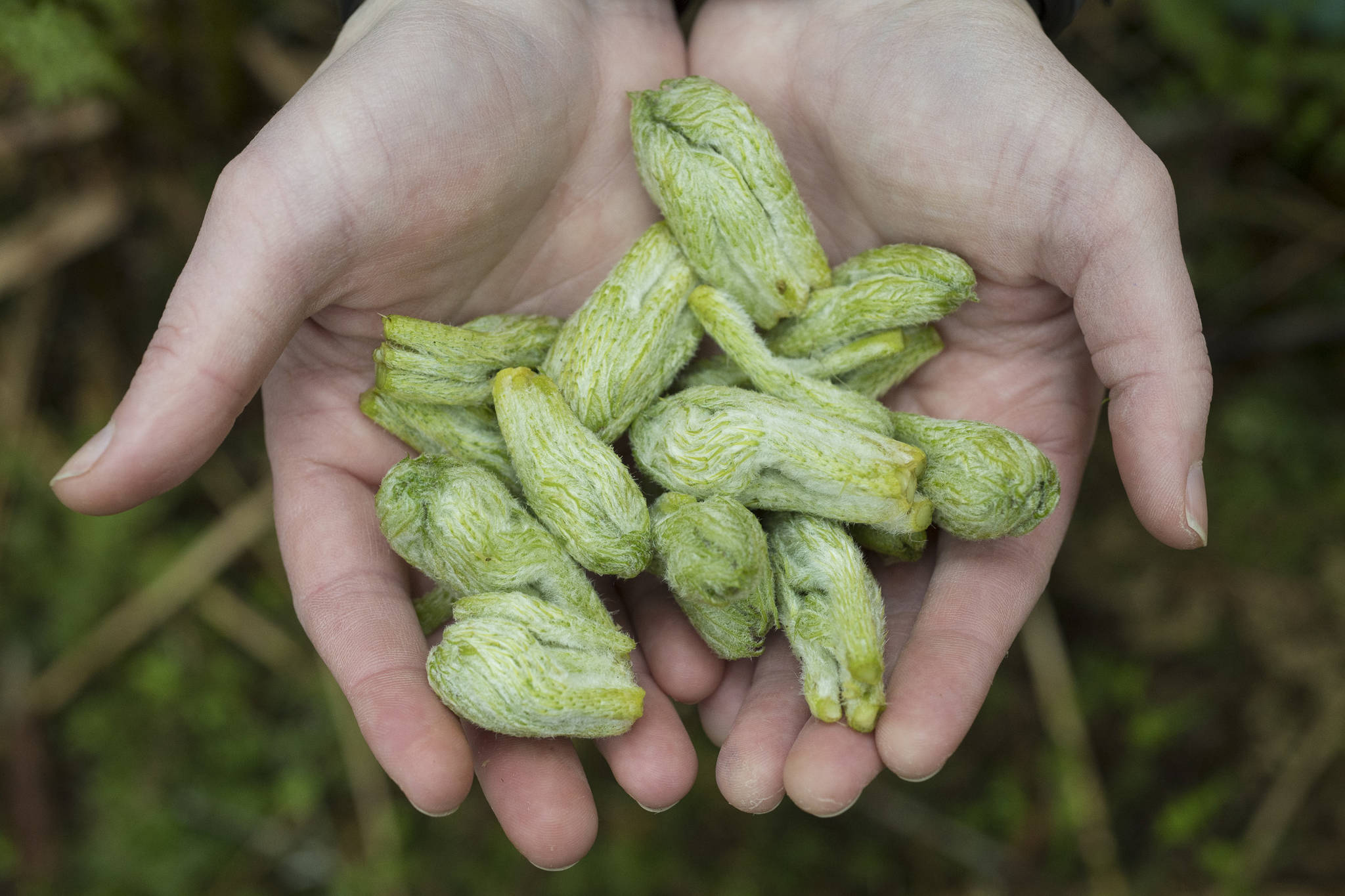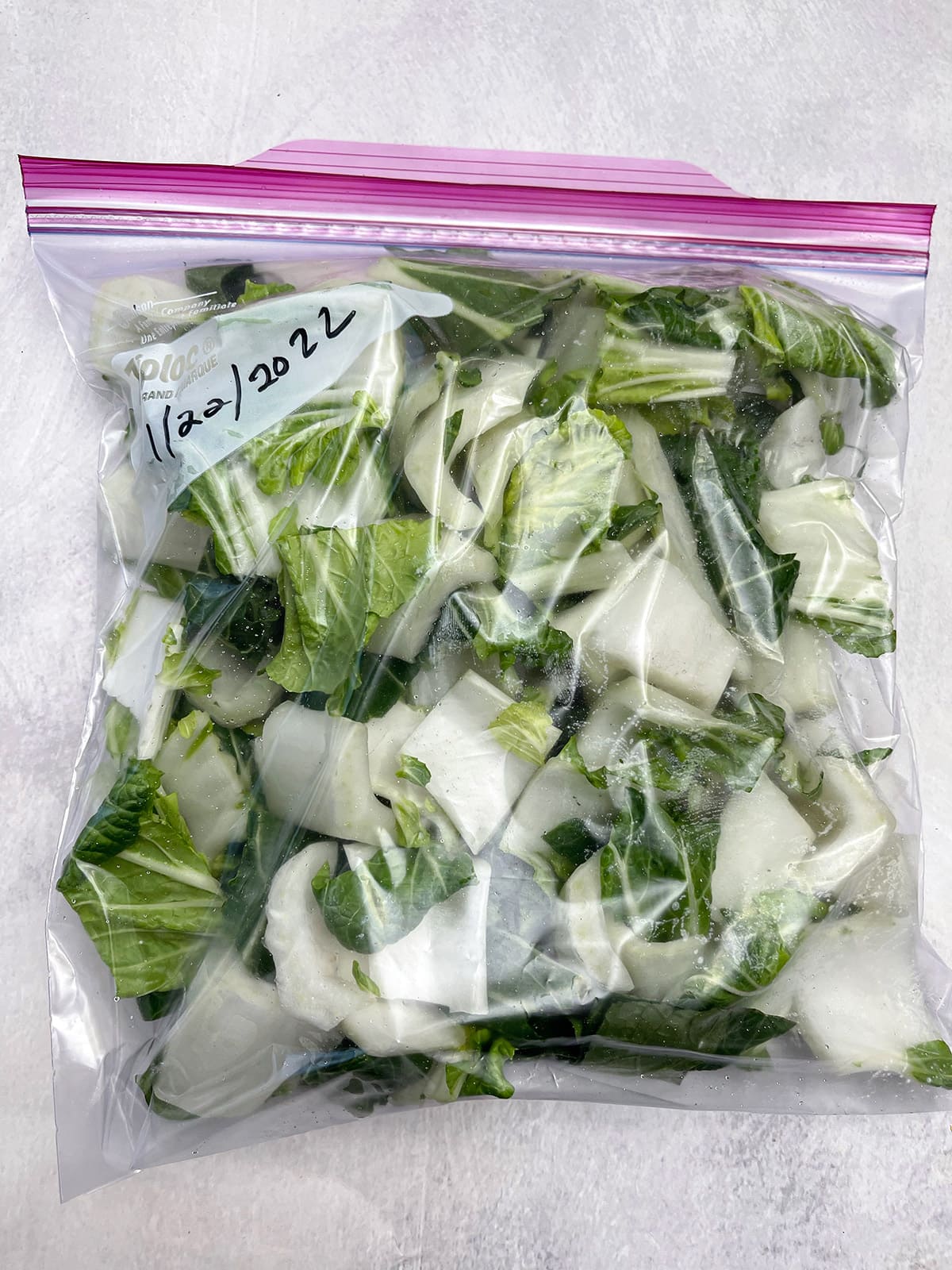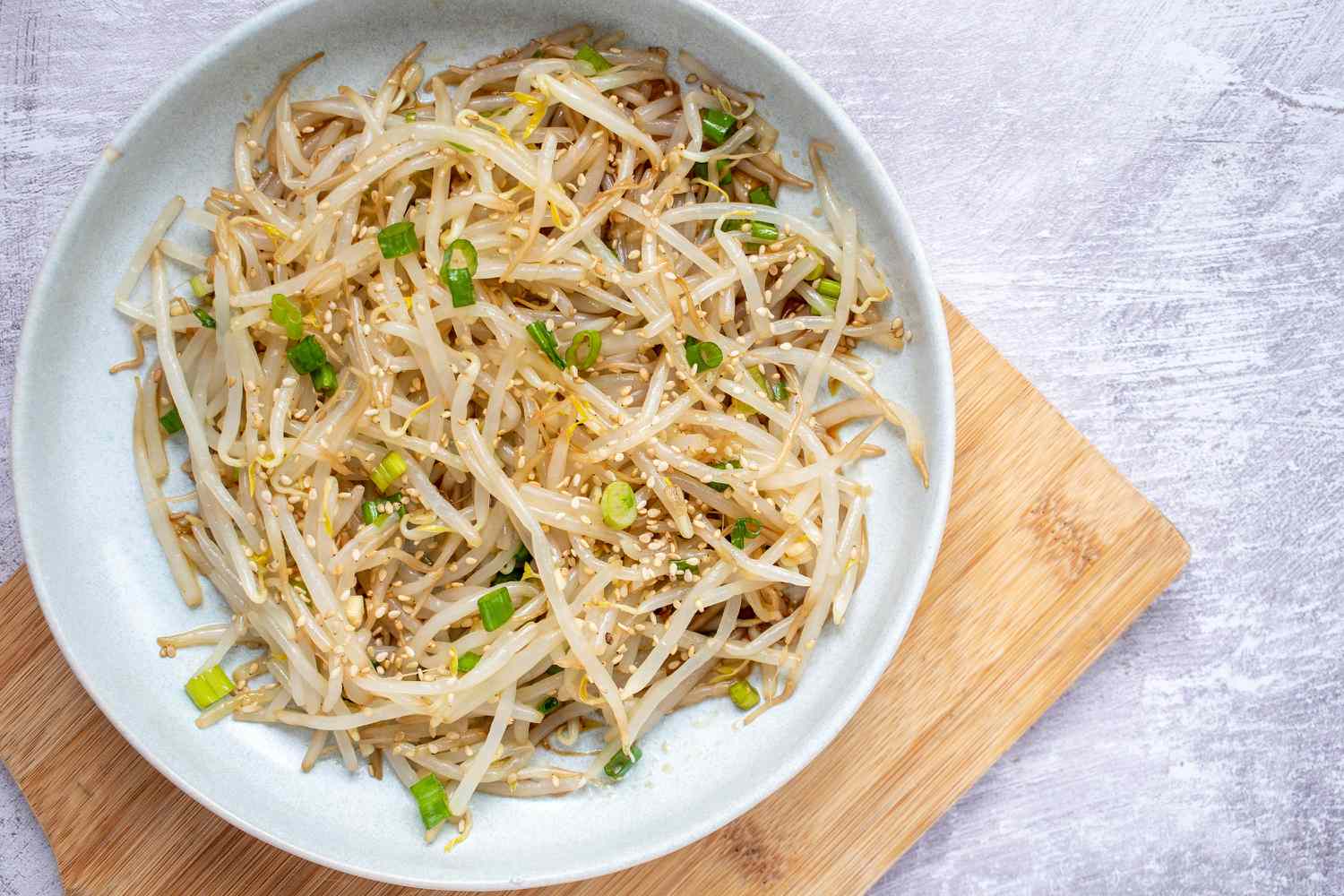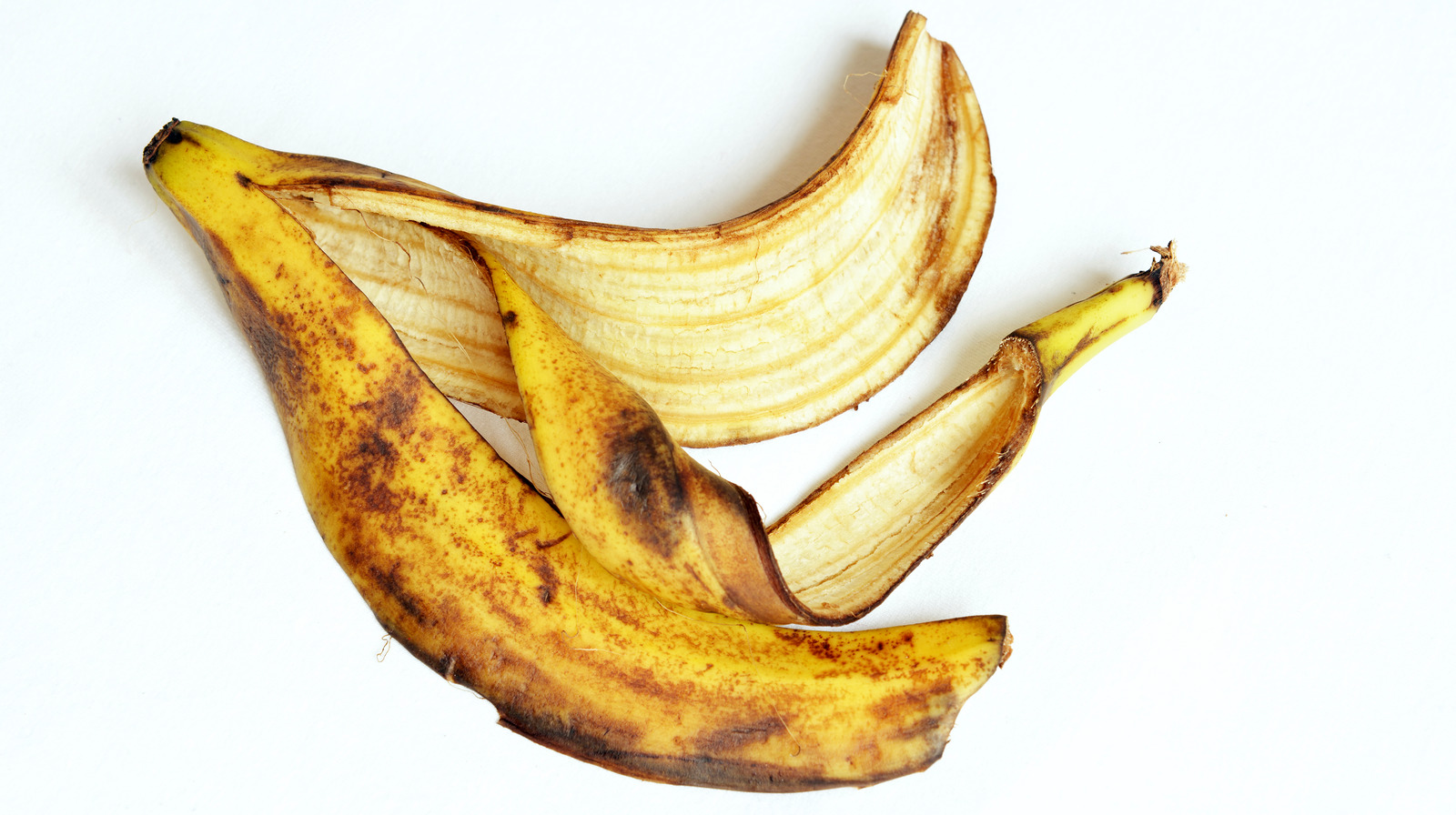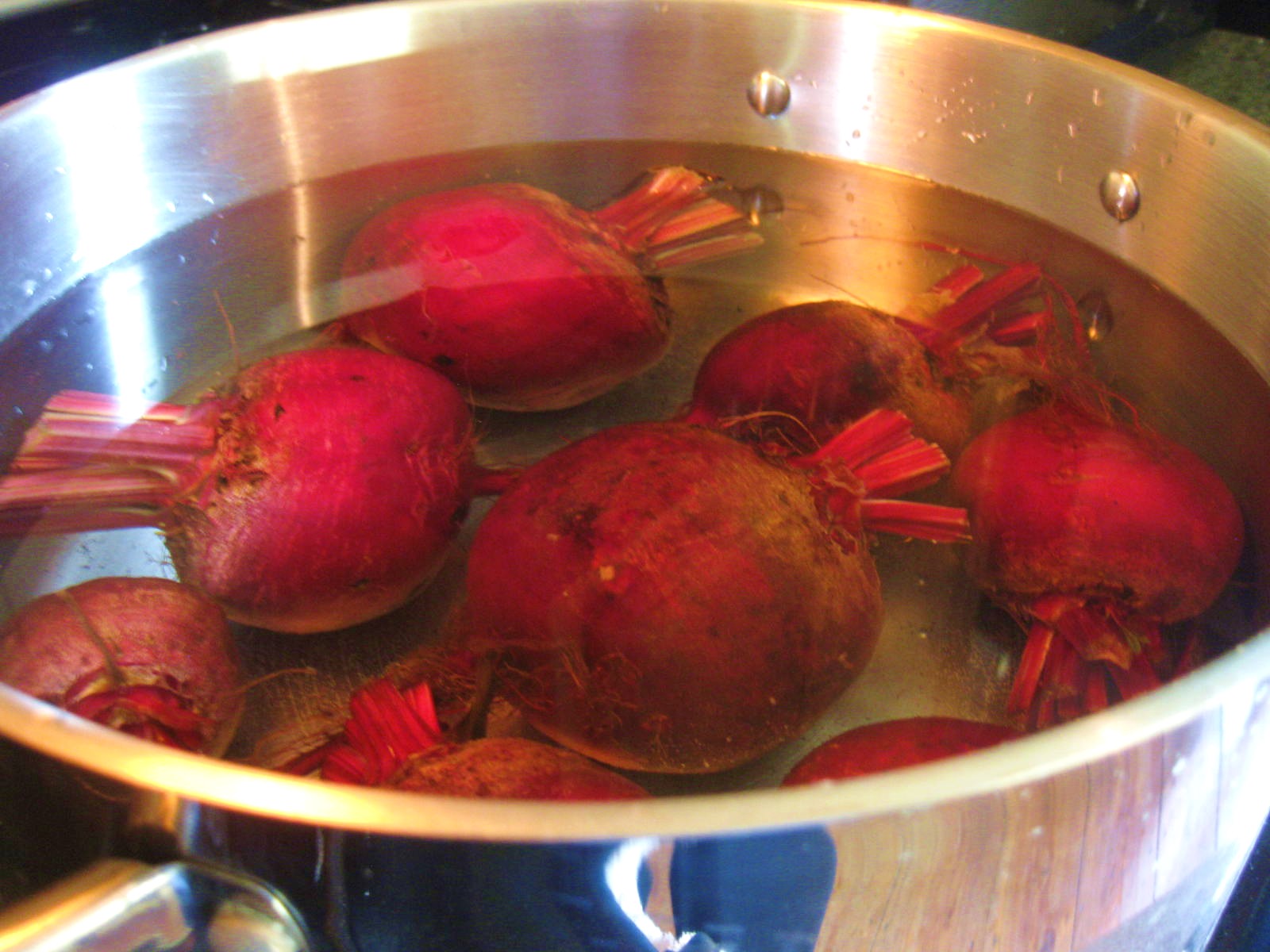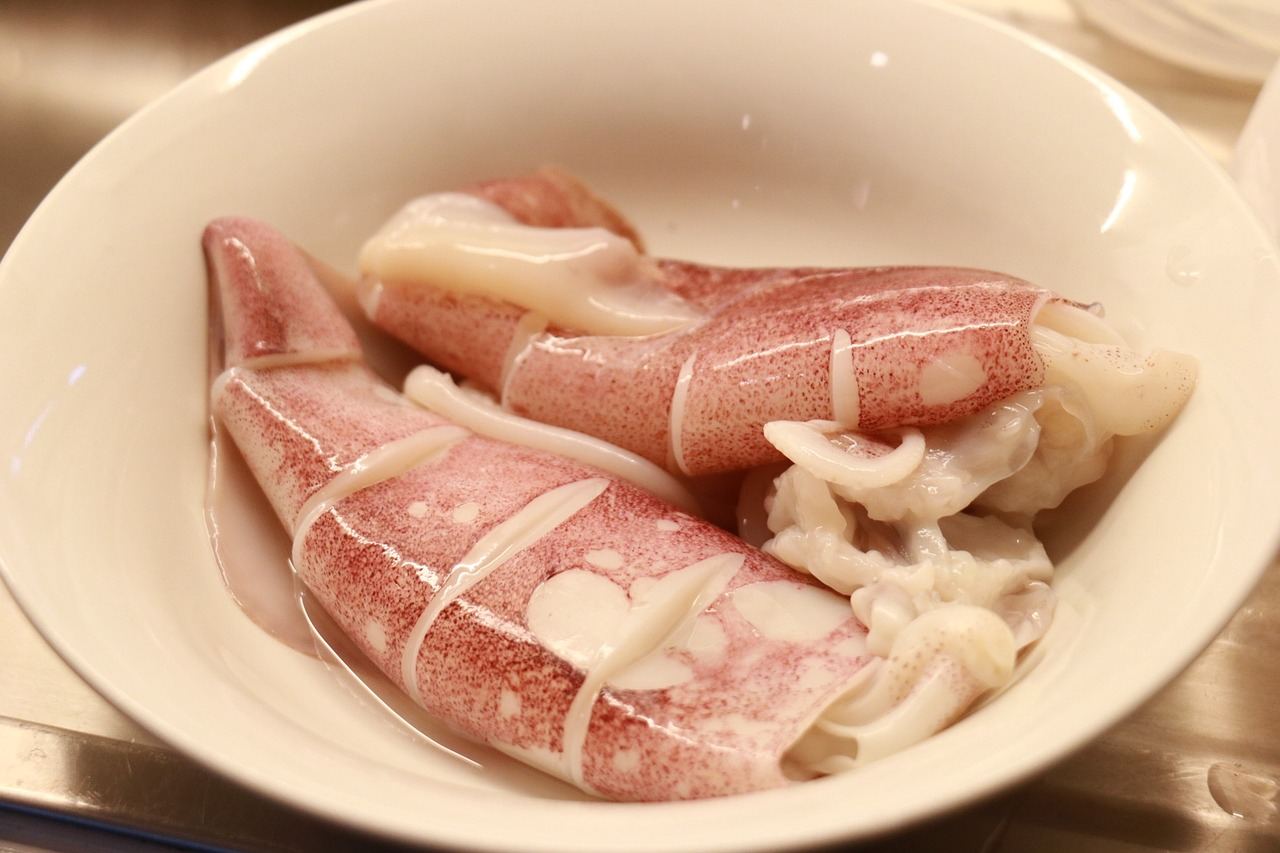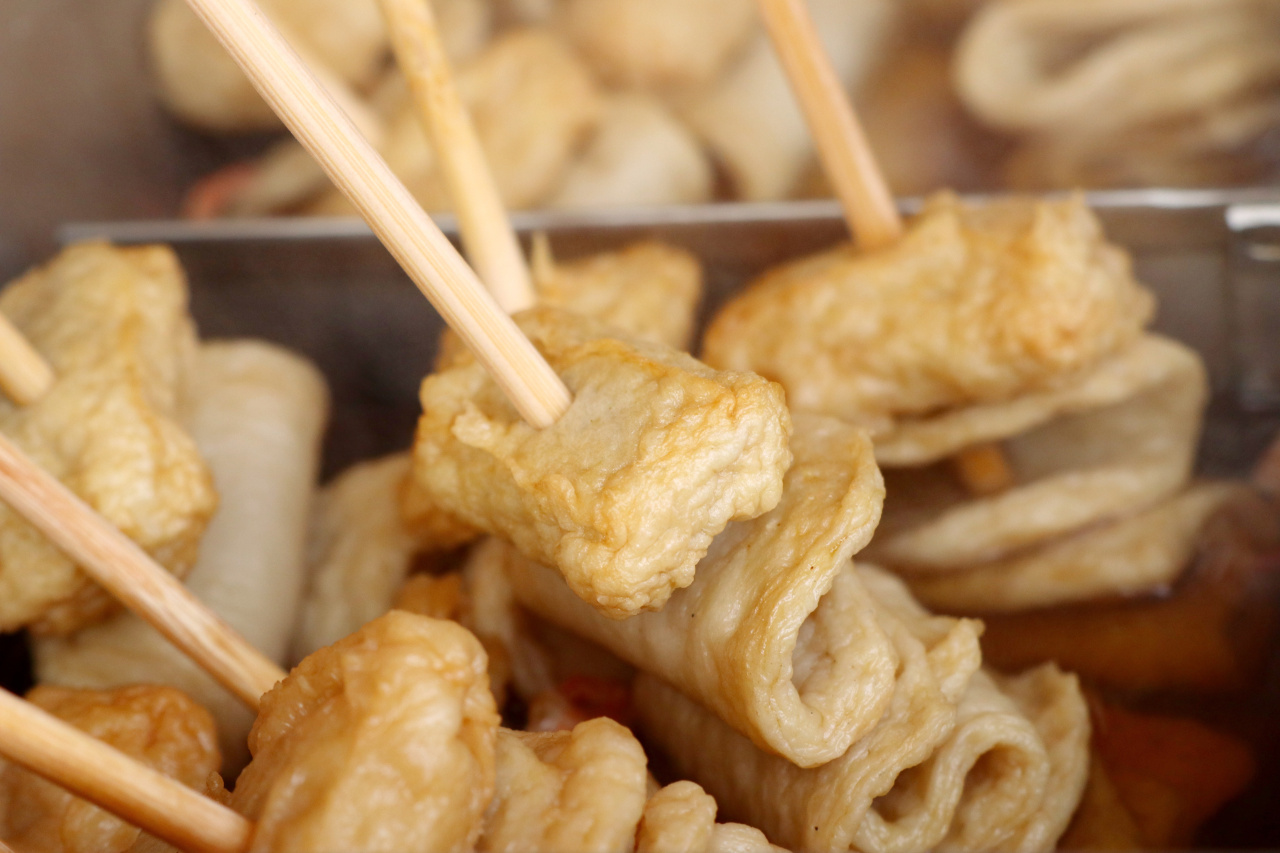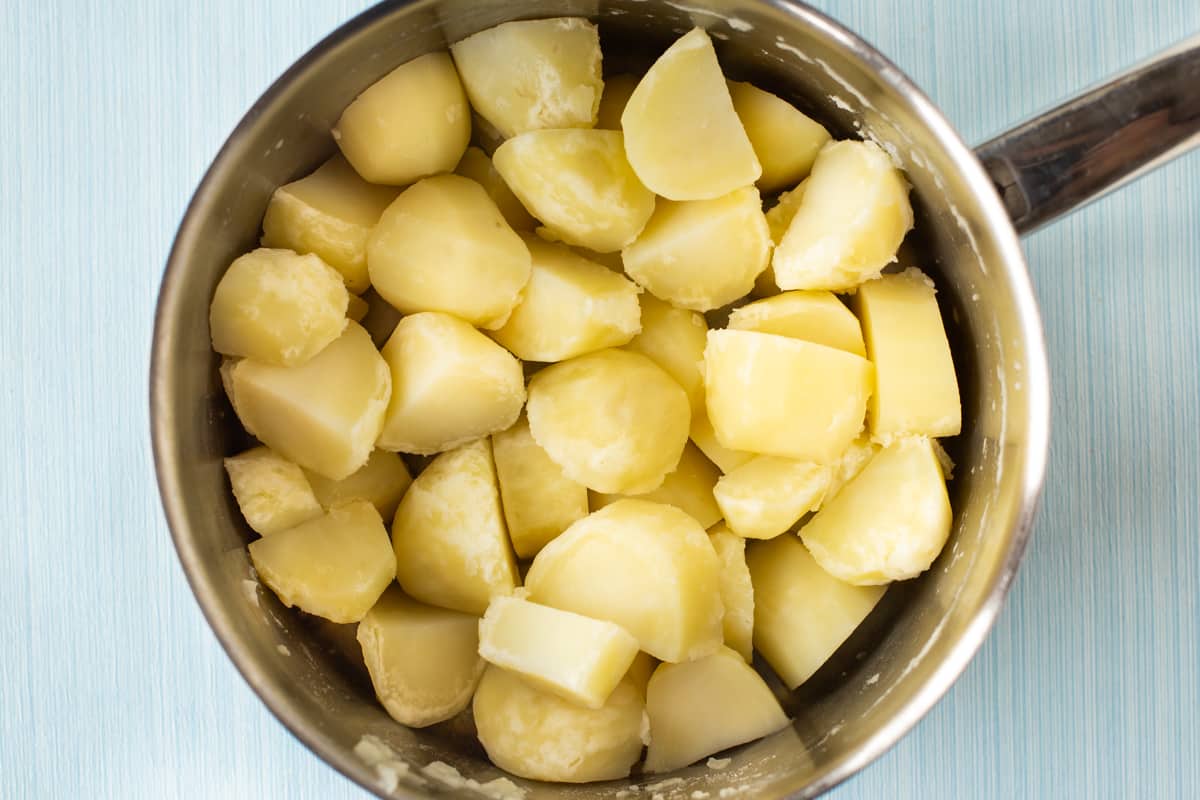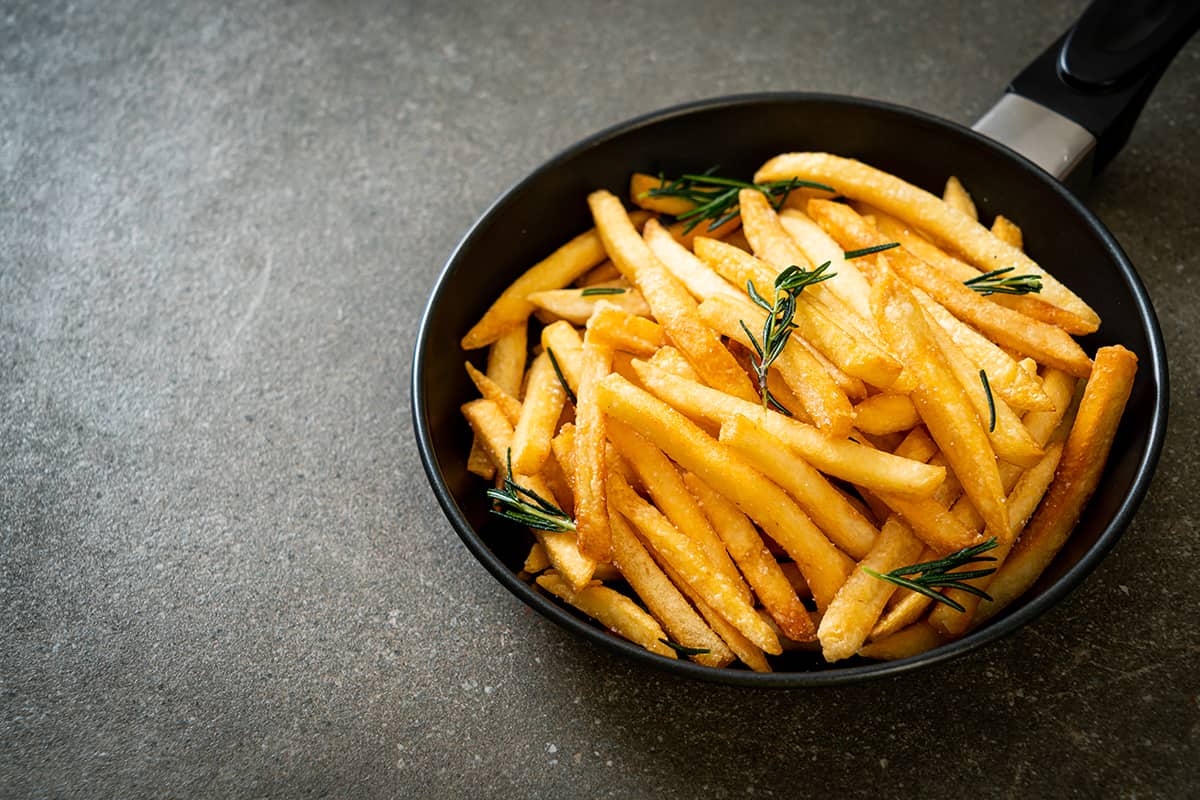Preserving the Freshness: Blanching Fiddleheads for Freezing
Are you a fan of fiddleheads and want to enjoy their fresh taste all year round? Freezing fiddleheads after blanching is a great way to preserve their flavor and nutritional value. In this guide, we’ll walk you through the simple process of blanching fiddleheads for freezing so that you can enjoy these delicious ferns whenever you like.
What You’ll Need
Before you begin blanching fiddleheads, gather the following supplies:
- Fresh fiddleheads
- Large pot
- Water
- Ice
- Colander
- Freezer-safe containers or bags
Step-by-Step Guide
Follow these simple steps to blanch and freeze your fiddleheads:
- Clean the Fiddleheads: Start by rinsing the fiddleheads thoroughly under cold water to remove any dirt or debris.
- Boil Water: Fill a large pot with water and bring it to a rolling boil.
- Blanch the Fiddleheads: Carefully add the fiddleheads to the boiling water and blanch them for 2-3 minutes. Blanching helps to preserve the color, flavor, and nutritional content of the fiddleheads.
- Ice Bath: Using a slotted spoon, remove the blanched fiddleheads from the boiling water and immediately transfer them to a bowl of ice water. This will stop the cooking process and help the fiddleheads retain their crispness.
- Drain and Dry: Once the fiddleheads have cooled in the ice bath, drain them in a colander and pat them dry with a clean kitchen towel.
- Package for Freezing: Place the blanched and dried fiddleheads into freezer-safe containers or bags, removing as much air as possible before sealing.
- Label and Freeze: Label the containers with the date and store them in the freezer. Properly blanched and frozen fiddleheads can last for up to 12 months.
Enjoying Blanched Fiddleheads
Now that you’ve blanched and frozen your fiddleheads, you can easily incorporate them into your favorite recipes throughout the year. Whether you add them to soups, stir-fries, or simply sauté them as a side dish, blanched fiddleheads will bring a taste of spring to your table no matter the season.
By taking the time to blanch and freeze your fiddleheads, you can savor their unique flavor and nutritional benefits long after their brief spring season has passed. So, go ahead and stock up on these delightful ferns to enjoy a taste of nature’s bounty all year long!
For those mastering the art of blanching fiddleheads for freezing, there are plenty of recipes to put your skills to the test. Try the Fiddlehead Fern and Goat Cheese Tart for a savory treat that beautifully pairs the earthy flavor of fiddleheads with rich goat cheese. The Creamy Fiddlehead Fern Pasta offers a comforting dish where the fiddleheads add a unique twist to the classic pasta. Another excellent choice is the Fiddlehead Fern and Mushroom Risotto, combining the nutty taste of fiddleheads with the umami of mushrooms for a deeply satisfying meal. If you're looking for something lighter, the Fiddlehead Fern and Asparagus Salad is a refreshing option, perfect for showcasing the delicate flavor of fiddleheads. These recipes not only celebrate the unique taste of fiddleheads but also make the most of your blanching efforts.
